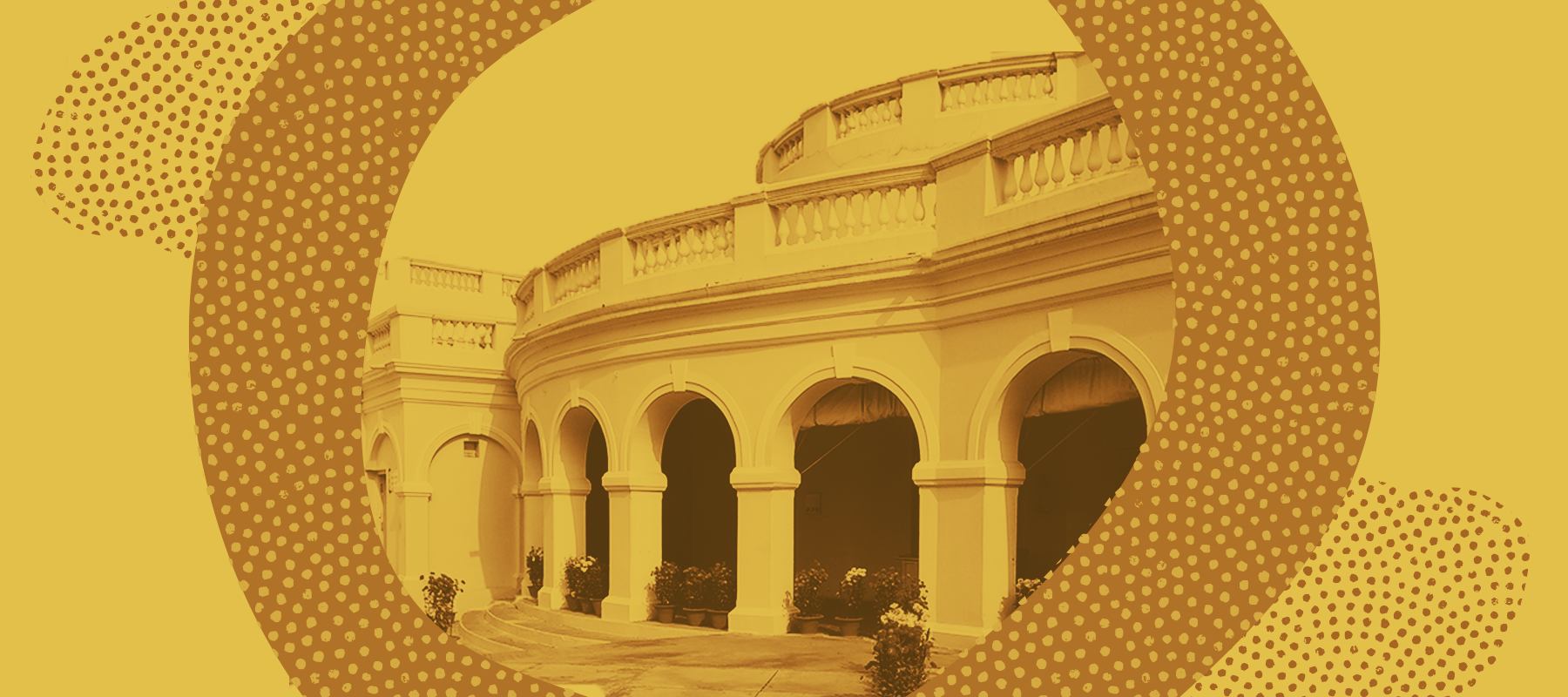We share this event with INTACH to celebrate Gandhi at 150 through essays and pictorial expression by children studying from class VII to IXth.at Bal Bhawan which is an initiative of Nehru to nurture creativity in children. Dr Archana will be sharing her thoughts about Gandhi with our participants.
Allahabad enjoyed a fairly dominant position during the National Independence Struggle. The city justifiably prides itself with the claims that it had sent to the first Parliament, two of its representatives who led exemplary lives. Both Jawahar Lal Nehru and Lal Bahadur Shastri emphasized paying better attention to the nation rather than their own constituencies.
Allahabad has been at the forefront of the Independence struggle and at the turn of the Century, it also became a nodal point of revolutionaries. Post the First Battle of Independence, the building at 1 Church Road, was built for Sir Syed Ahmad Khan, (in 1871) who was often referred for advice by the-then Lieutenant Governor of the NWP (North West provinces), William Muir. A site consisting of 20 acres of land was selected as it was separated by a 10-minute drive from the-then Government House. Work to build a large house here commenced around 1868 and was completed in 1871. Over the years, the house changed many hands and gradually fell into a state of disrepair, unoccupied for long periods of time. However, in 1900, Pt. Motilal Nehru bought it and named it ‘Anand Bhavan’ which translates to an ‘abode of happiness’ and made it his residence.
Ironically, at the time of its house-warming in 1871, Sir William Muir had hoped that this large palatial home in Allahabad would become the cement holding together the British Empire in India. Paradoxically, after the house was bought by Motilal Nehru in 1900, it went on to become a cradle to
the Indian Freedom Struggle which was to destroy British rule in India. Moti Lal Nehru was a prominent member of the Indian National Congress Party, various noted leaders, and party activists would visit the ‘Nehru House’ for meetings, etc. In fact, the mansion virtually became the center of the Indian independence movement and was later donated by Motilal Nehru to the Indian National Congress in 1930, to serve as the Party's official headquarters in the region. It was then called the ‘Swaraj Bhawan’ (Abode of Freedom) and will be explored by Dr Kavita Gupta.
This guided tour is specially curated for children.





